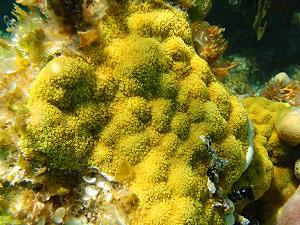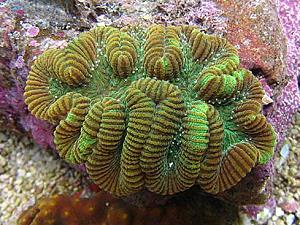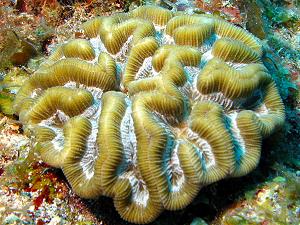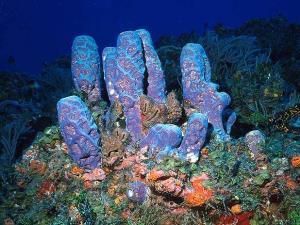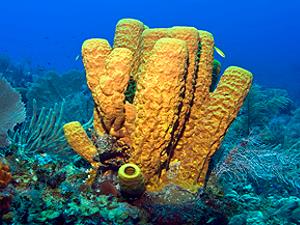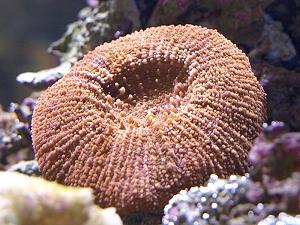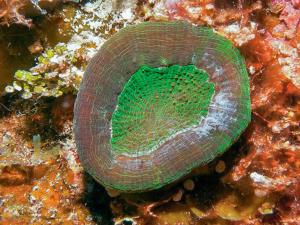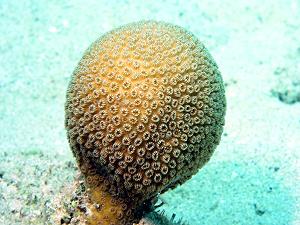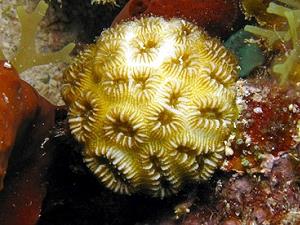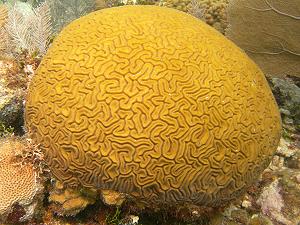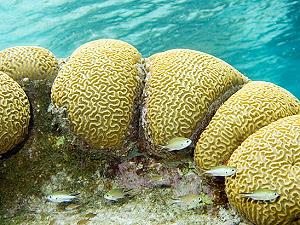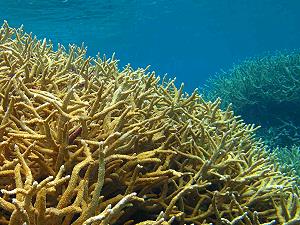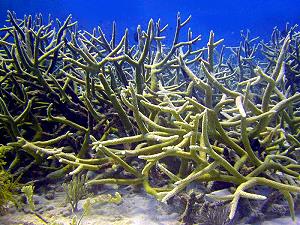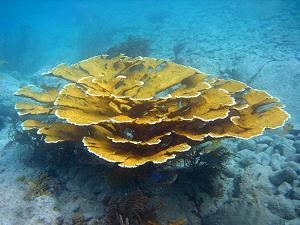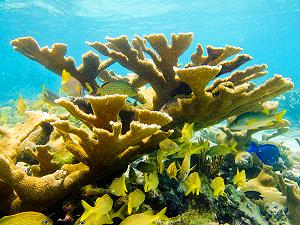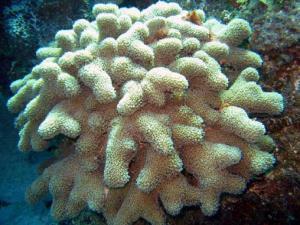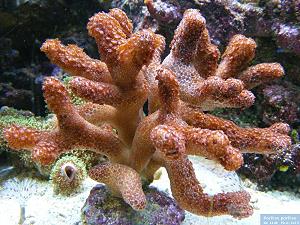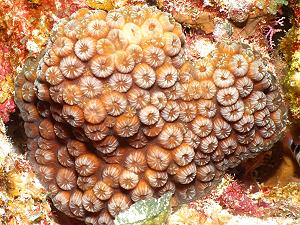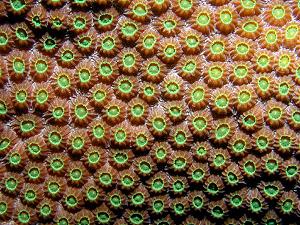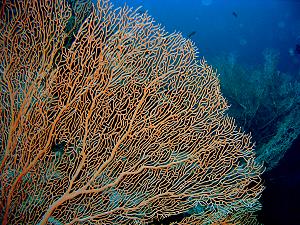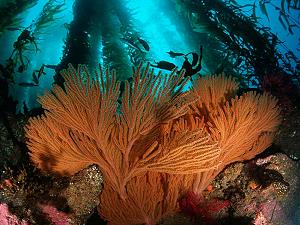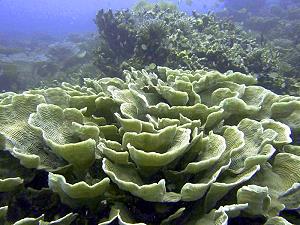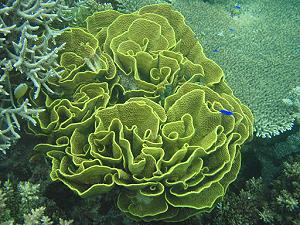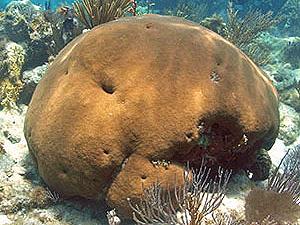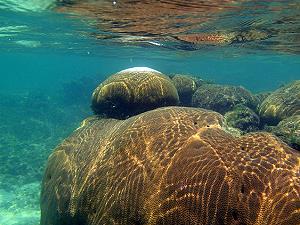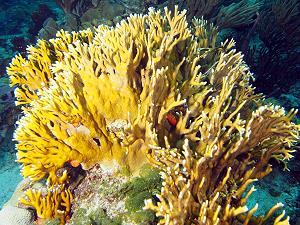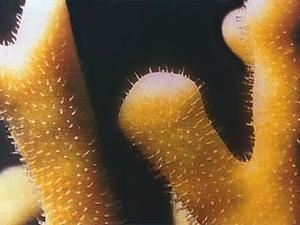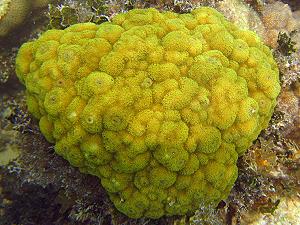
The coral of the lagoon
Corals are marine invertebrate animals generally living in colonies, grouped on rocks or massive corals, hooked to the hard reef of the seabed. Coral requires sunlight and develops in shallow, clear water. Corals can be major contributors to the physical structure of coral reefs that develop in tropical and subtropical waters, such as the Australian Great Barrier Reef.
Under the warm water of the lagoon, no more noise reaches us, the tropical fishes disperse under your moving fins. Nice swimming above the coral mounds, hung on the bottom of the lagoons in shallow water. Your mask, snorkel and fins are correctly adjusted? At the end of the world, you are free to float quietly on the surface of the water. Beware, avoid touching the fragile coral and enjoy the beauty!
Corals are easy to photograph because they do not move!
The fire coral is not a real coral but it looks like it. It has more similarities with jellyfish and other stinging anemones. Fire corals (Millepora) are commonly found in the northern and southern Caribbean and develop mild toxicity. Essentially local pain is often described as a tingling or burning. Fire corals attach to rocks, corals, algae and divers often confuse fire corals and harmless algae.
First Aid: Rinse with vinegar or seawater (no fresh water), remove tentacles with tweezers, apply a cortisone cream, check the infection or allergic reaction and consult a doctor if necessary.

